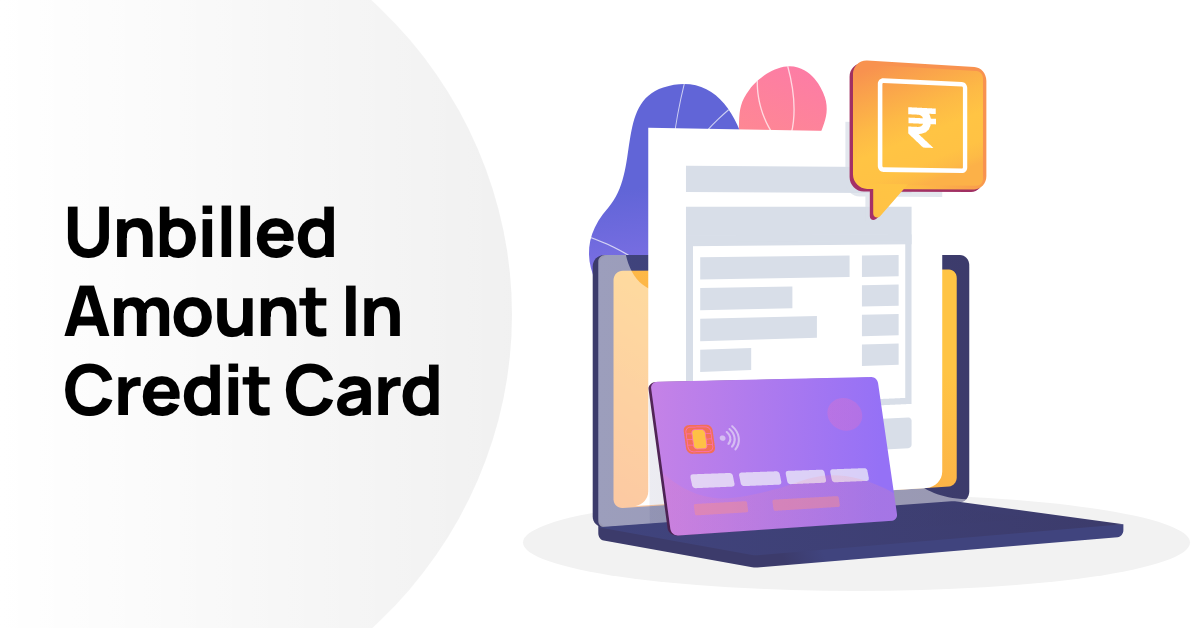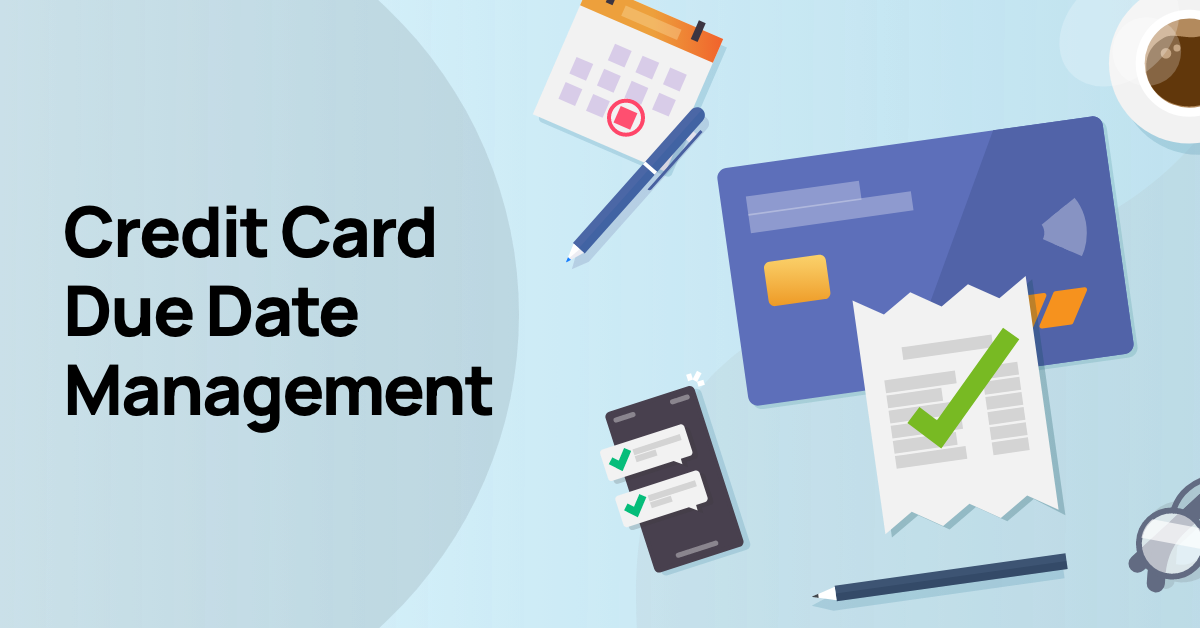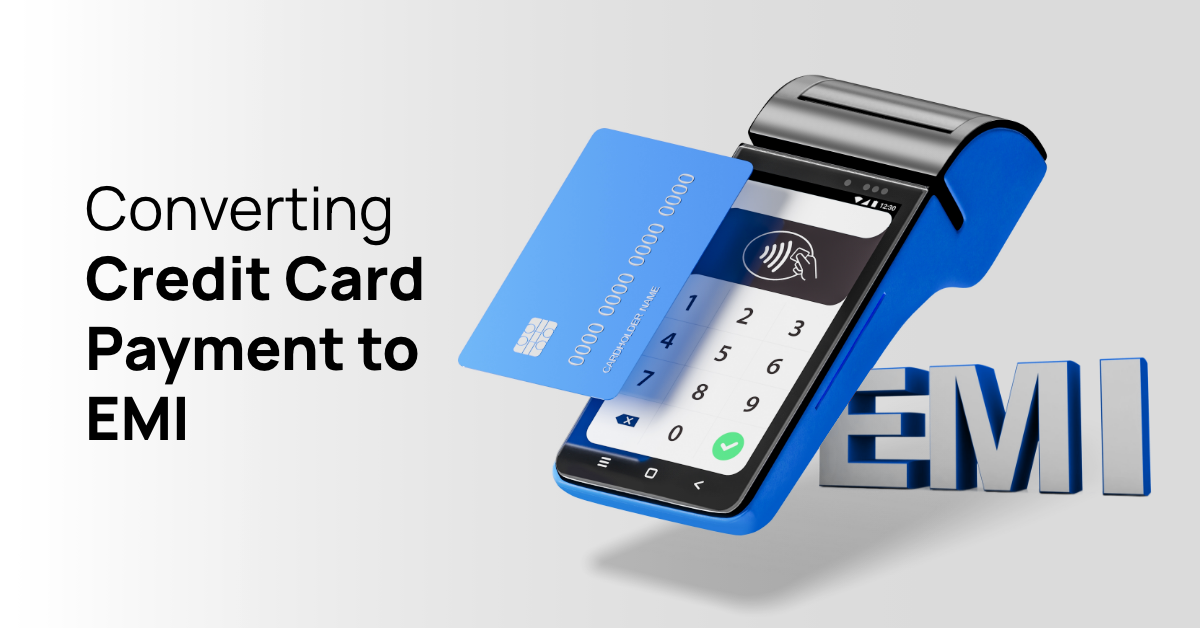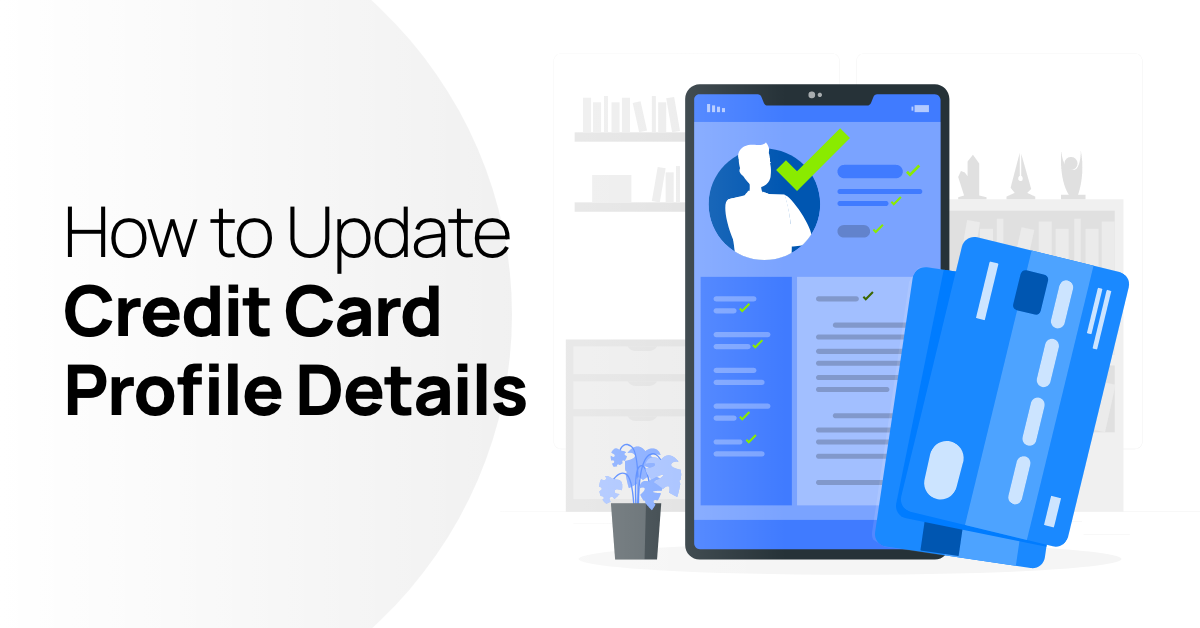What is Unbilled Amount in Credit Card?
By OneCard | February 26, 2024

The world of credit cards can be filled with terms and concepts that may seem puzzling. Among them, the “unbilled amount” holds much significance. In this blog, we will learn more about the unbilled amount in credit cards and its impact on your credit card statement.
Table of contents:
- Understanding Credit Card Transactions
- What is Unbilled Amount and Its Importance
- Why is it important to understand the unbilled amount?
- How Does Unbilled Amount Work?
- Implications of Unbilled Amount
- Misconceptions About Unbilled Amount
- Best Practices for Managing Unbilled Amounts
- What To Do If Your Unbilled Amount Seems Incorrect
- Conclusion
Understanding Credit Card Transactions
Credit card transactions are broadly divided into two types: billed and unbilled.
- Billed transactions are the ones that have occurred within your previous billing cycle of your credit card and for which the bill has been generated. You are required to pay for these transactions by your due date.
- On the other hand, Unbilled transactions are the ones you’ve made after your previous billing cycle ends but before the next one begins. These will appear in your next statement.
What is Unbilled Amount and Its Importance
Simply put, the unbilled amount on a credit card is the total value of all the transactions you’ve made after your last billing cycle and before the beginning of the next one. These transactions have not yet appeared in your credit card bill, hence the term “unbilled.”
Why is it important to understand the unbilled amount?
Let’s take a scenario. Suppose person A recently cleared their last month bill but notices that they have a sizable unbilled amount on their credit card. They may want to control their spending in the next few days as this unbilled amount will be added to their next bill, which could increase their dues significantly.
How Does Unbilled Amount Work?
Here’s a step-by-step approach:
- You make a purchase after your billing cycle ends. This transaction is noted as an unbilled transaction.
- This unbilled transaction remains in the unbilled category until your next billing cycle starts.
- Once the new billing cycle starts, the unbilled transaction moves into the billed category and appears on your credit card statement.
ALSO READ: One Credit Card Statement: A Complete Guide

Implications of Unbilled Amount
There are some important implications of the unbilled amount that you need to keep in mind.
- The unbilled amount does not incur any interest. However, once it becomes part of the billed amount, it will attract interest if not paid on time.
- The unbilled amount will reduce your available credit limit. For example, if A has a credit limit of Rs 1,00,000 and makes purchases worth Rs 20,000 on the 31st of March, their available limit will be reduced to Rs 80,000.
- The unbilled amount does not affect your minimum amount due. The minimum amount due is calculated based on the billed amount only.
Misconceptions About Unbilled Amount
Despite the importance of the unbilled amount, some everyday things could be improved about it.
Here’s what is an unbilled transaction on credit card and how it works:
Misconception: Unbilled amount attracts interest.
Fact: Unbilled amount does not attract any interest. It will only attract interest once it becomes part of the billed amount and if not paid by the due date.
Misconception: Unbilled amount is not included in the credit limit.
Fact: Unbilled amount is indeed included in the credit limit and will reduce the credit available to you.
Best Practices for Managing Unbilled Amounts
Managing your unbilled amount effectively can help you maintain better control over your finances.
Here are some tips:
- Keep track of your spending and know how close you are to exhausting your credit limit.
- Check your unbilled amount regularly through your issuer’s online portal or mobile app.
- Limit your spending towards the end of your billing cycle to avoid a sudden increase in your billed amount.
What To Do If Your Unbilled Amount Seems Incorrect
Despite your best efforts to track and manage your transactions, there might be instances when you notice an inconsistency in your unbilled amount.
It could be higher or lower than what you expected, raising questions about the accuracy of the entries made by your card issuer . In such cases, it’s crucial to resolve the issue proactively.
Here’s a detailed guide on how to approach such a situation:
1. Review Your Transaction History
Your first course of action should be to review your transaction history meticulously.
- Start by accessing your internet banking or mobile app. Navigate to the credit card section and select the option to view your recent transactions.
- Go through each transaction line by line. Check the date, amount, and merchant details.
- Cross-reference these transactions with your records, receipts, emails or SMS confirmations of your purchases.
- Pay close attention to any transactions that you don’t recognise. These could be small amounts that seem insignificant but can add up over time.
2. Contact Your Credit Card Issuer
If you find an unfamiliar transaction, you should immediately bring it to your issuer’s attention.- Contact the customer service via the phone number on the back of your credit card or their official website.
- Explain the issue clearly and provide them with all the details of the suspicious transaction. If available, it could include the transaction date, amount, and merchant name.
3. Investigation and Resolution From the Issuer
Once you’ve reported the suspicious activity, the card issuer will initiate an investigation.
- They might temporarily lock your credit card to prevent further fraudulent transactions.
- They might also issue a temporary credit for the disputed amount so it doesn’t impact your available credit limit or incur interest charges.
- The length of this process can vary depending on the complexity of the case and the procedures followed by the issuer.
- Once the investigation is complete, they will inform you of the outcome. If it’s proven that the transaction was indeed fraudulent, they will permanently credit the amount back to your account.
Dispute resolution might vary based on the card issuer hence it’s best to contact them for the same.
Conclusion
Understanding the unbilled amount on your credit card is crucial for better financial management. It can help you keep track of your spending, avoid exceeding your credit limit, and prevent surprises when your credit card bill arrives. By staying informed and diligent, you can make the most of your credit card.

**Disclaimer: The information provided in this webpage does not, and is not intended to, constitute any kind of advice; instead, all the information available here is for general informational purposes only. FPL Technologies Private Limited and the author shall not be responsible for any direct/indirect/damages/loss incurred by the reader for making any decision based on the contents and information. Please consult your advisor before making any decision.



Sharing is caring 😉